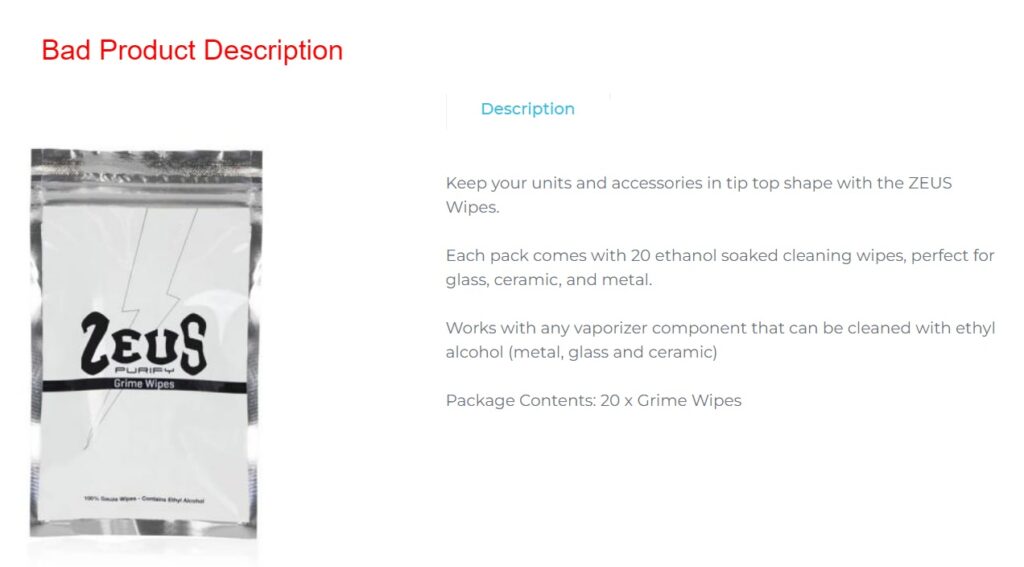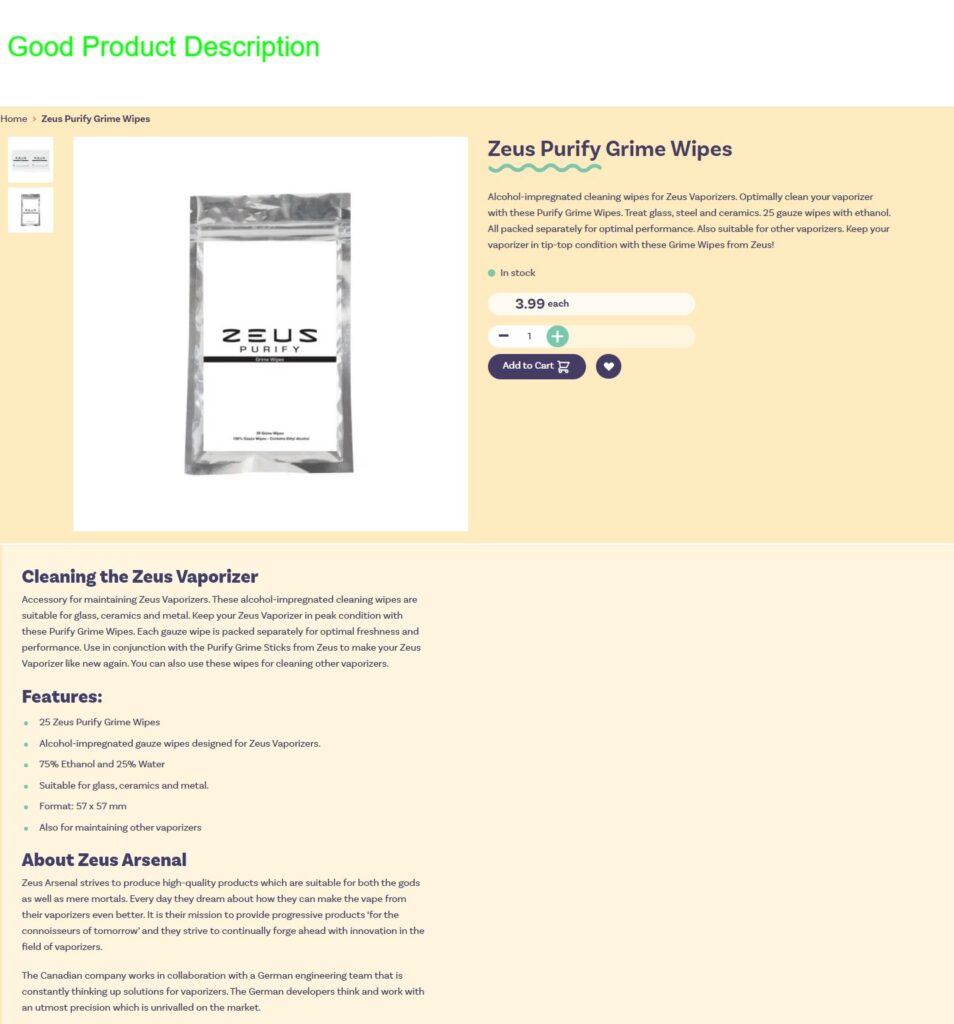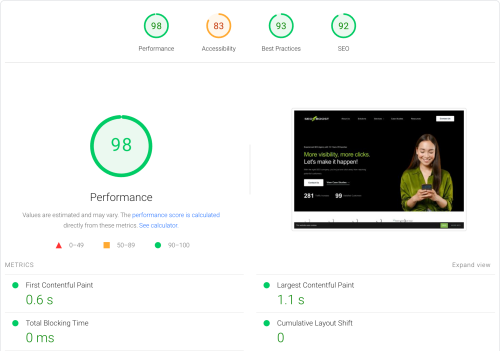The visibility of your ecommerce site in search engines like Google can significantly successfully impact your ecommerce business. SEO content plays a pivotal role in enhancing this visibility, driving traffic to your website, and ultimately, contributing to your ecommerce store success. With hundreds of ecommerce clients we handled before, we will help you uncover the best practices for writing SEO-friendly content for ecommerce sites,
Importance of SEO Content for Ecommerce Sites
SEO content for ecommerce sites is not just about filling pages with keywords and phrases. It’s about creating useful content that resonates with your target audience, answers their queries, and guides them through the buying process. High-quality SEO content helps your ecommerce site rank higher in search engine results pages (SERPs), improving visibility and driving more organic traffic. Moreover, it enhances the user experience, encouraging visitors to stay longer on your site and explore your products.
Understanding Your Target Audience and Keywords
Conducting Keyword Research
Identifying Target Audience Personas: Before diving into keyword research, it’s crucial to understand your target audience. Creating detailed personas based on demographics, interests, and shopping behaviors can guide your ecommerce content strategy and target keyword selection.
- Start by collecting as much data as possible about your current customers and website visitors. Use analytics tools, customer surveys, social media interactions, and sales data to gather information on demographics (age, gender, location), psychographic characteristics (interests, values, attitudes), and behavioral patterns (purchase history, content preferences).
- Analyze the data to identify common patterns and characteristics among your customers. Look for trends in how different groups of customers interact with your site, the types of products they purchase, and the content they engage with. These patterns will form the basis of your audience personas.
Utilizing Keyword Tools to Optimize Content: SEO tools like Google’s Keyword Planner and SEMrush offer insights into the keywords and phrases your target audience uses when searching for products or information online. These tools help identify high-volume, relevant keywords to incorporate into your content.
Creating High-Quality Content
The quality of the content for your website plays an important role in your all ecommerce SEO Strategy. When it comes to SEO, you have to keep your content creation always at it’s best to keep your SEO performance bring traffic to your website. These are some some SEO friendly content you can when writing for your ecommerce store:
Writing Unique and Engaging Product Descriptions: Stand out by crafting product descriptions that highlight the benefits and features of your products. Avoid generic descriptions and instead focus on creating content that speaks directly to your audience’s needs and preferences.


Incorporating Keywords Naturally: While keywords are essential for SEO, they should be integrated seamlessly into your content. Keyword stuffing can harm your SEO efforts, so focus on creating natural, readable content.
While keywords should be incorporated throughout your content, certain locations are particularly impactful for SEO:
- Title Tags and Meta Descriptions: These elements appear in search results and can influence whether users click through to your site. Include your primary keyword in both the title tag and meta description of each pages on your site.
- Headers and Subheaders (H1, H2, H3): Using keywords in headers and subheaders not only helps with SEO but also makes your content easier to skim, improving the user experience.
- Product Descriptions and Category Pages: For product pages and category pages, use SEO keywords that describe the product or category. Be descriptive and highlight the unique features and benefits, using keywords that potential customers might search for.
- Alt Text in the Images: Images not only enrich the user experience but also offer SEO benefits. Use descriptive alt text for images, incorporating relevant keywords to improve visibility in image search results.
- First 100 Words: Incorporating your main keyword in the first 100 words of your content signals to search engines what the page is about early on.
Utilizing Bullets, and Lists for Easy Skimming: Online shoppers often skim content to find the information they need quickly. Use bullet points, and lists to organize your content, making it easier for users and search engines to digest.’
Avoid Duplicate Content: Avoiding duplicate content is crucial for maintaining the integrity and performance of your ecommerce website in search engine rankings. Duplicate content can dilute your site’s relevance and negatively impact your SEO efforts, leading to lower rankings and reduced visibility in search engine results pages (SERPs). Here are strategies to prevent duplicate content issues and ensure your ecommerce site remains SEO-friendly:
- Use Canonical Tags: One of the first tools I embraced was the use of canonical tags. It was a game-changer. By implementing the rel=”canonical” link element, We could guide search engines toward my preferred URL for content that appeared in multiple places. This simple step helped consolidate site’s authority and maintain a clean, duplicate-free content profile.
- Use 301 Redirects: As the ecommerce site evolved, so did the content. Pages moved, and URLs changed. 301 redirects allowed us to seamlessly guide users and search engines to the new content locations, preserving the link equity and ensuring the audience found what they were looking for without stumbling upon duplicate content.
- Unique Product Description: The temptation to use manufacturer-provided product descriptions was strong, especially when time was short. However, I quickly realized that this shortcut led to a dead-end, with products lost in a sea of sameness across the internet. The effort to craft unique, engaging product descriptions for each item is rewarding,
Writing for User Experience
Ecommerce SEO is crucial for online stores aiming to increase visibility, attract more traffic, and boost sales through organic search. Here are the key components of Ecommerce SEO:
1. Keeping Content Relevant and Helpful
Google big algorithm update encouraging website owners to produce helpful content. So, your content should address the needs and questions of your target audience. Provide useful information, tips, and guides that relate to your products and industry.
2. Utilizing Internal Linking for SEO
An internal link (Also seen as anchor text) is a highlighted text within your content. It helps search engines understand the structure of your site and distribute page authority throughout your pages. It also help user to navigate your user through out your site. Take this opportunity to link to related product and category pages, and content to enhance SEO. Here is an example of internal link pointing to product page:

3. Ensuring Readability and Clarity
Use clear, concise language and short paragraphs. SEO software like Hemingway or Grammarly. You need to write content that is easy to read and free of errors.
4. Implementing Mobile-Friendly Design
With the increasing prevalence of mobile shopping, ensuring your content is optimized for mobile devices is essential. A mobile-friendly design improves user experience and SEO. You may use Pagespeed insights to check your mobile performance and find opportunities to improve it.
Thoughts
Crafting SEO content for e-commerce site requires a strategic approach focused on your target audience’s needs and search behavior. By following these best practices you can your help your content rank higher, attract more traffic, and ultimately, drive sales. Remember, SEO is an ongoing process. Continuously refining your content and staying updated on SEO trends will help you maintain and improve your ecommerce site’s search engine ranking.


![The Ultimate On-Page SEO Checklist for 2024 [Template Included]](https://seoboost.io/wp-content/uploads/2024/06/Social-Thumbnail-–-The-Ultimate-On-Page-SEO-Checklist-for-2024-Template-Included.jpg)



